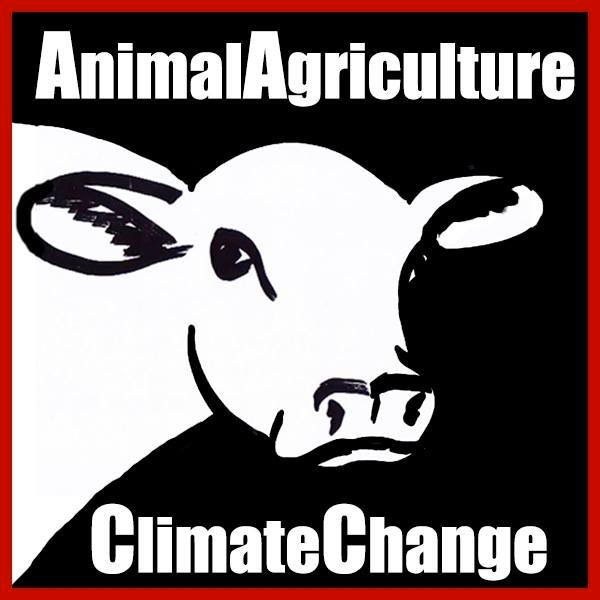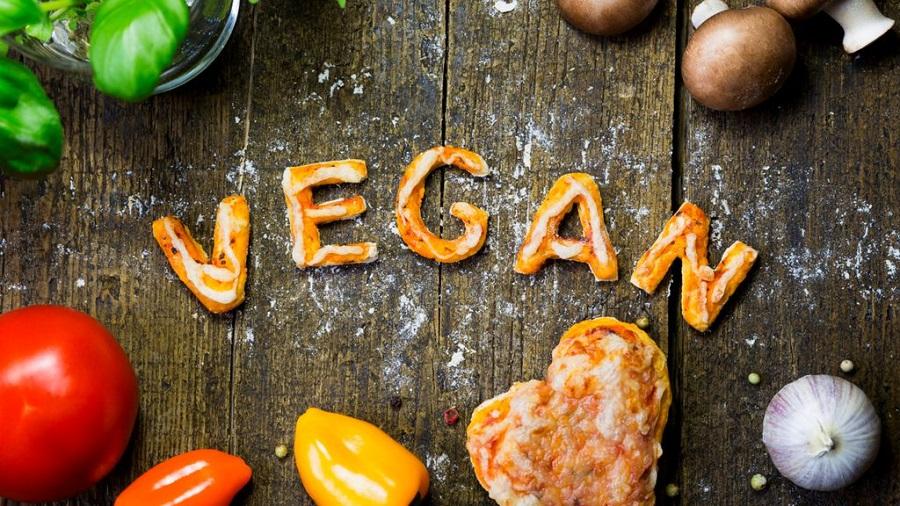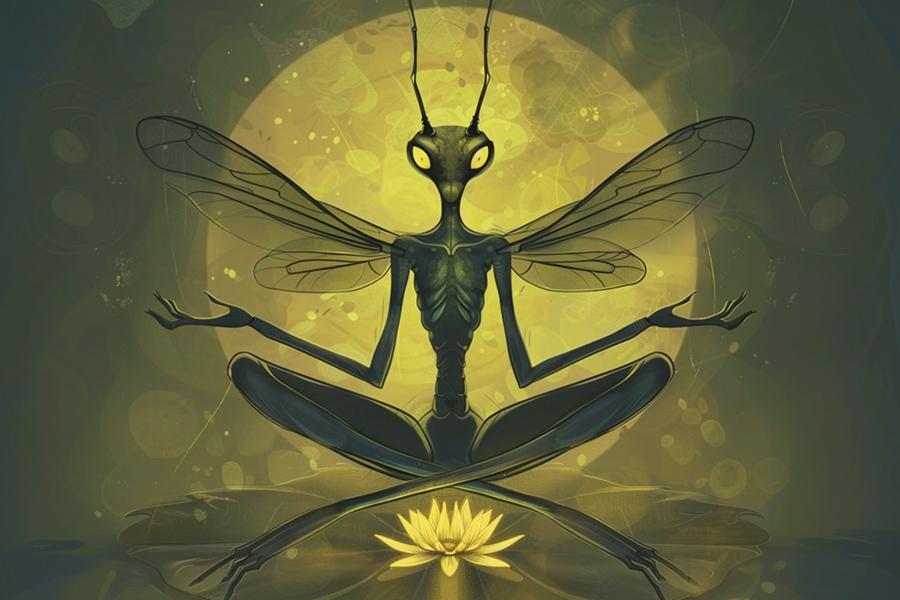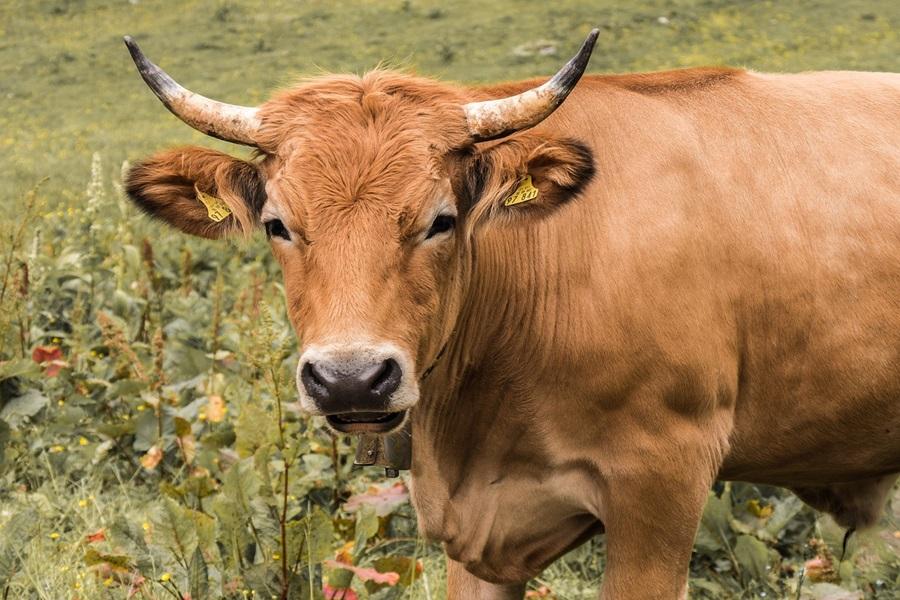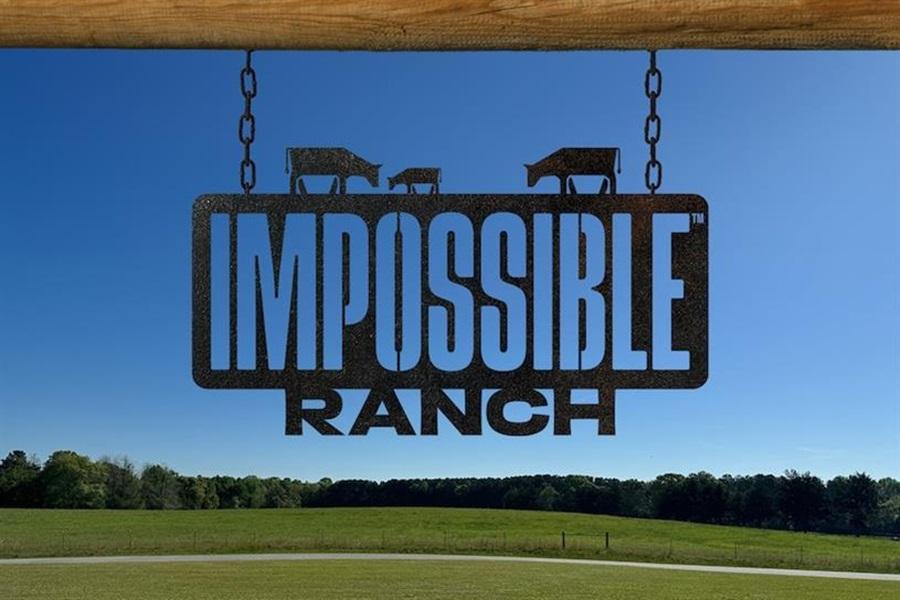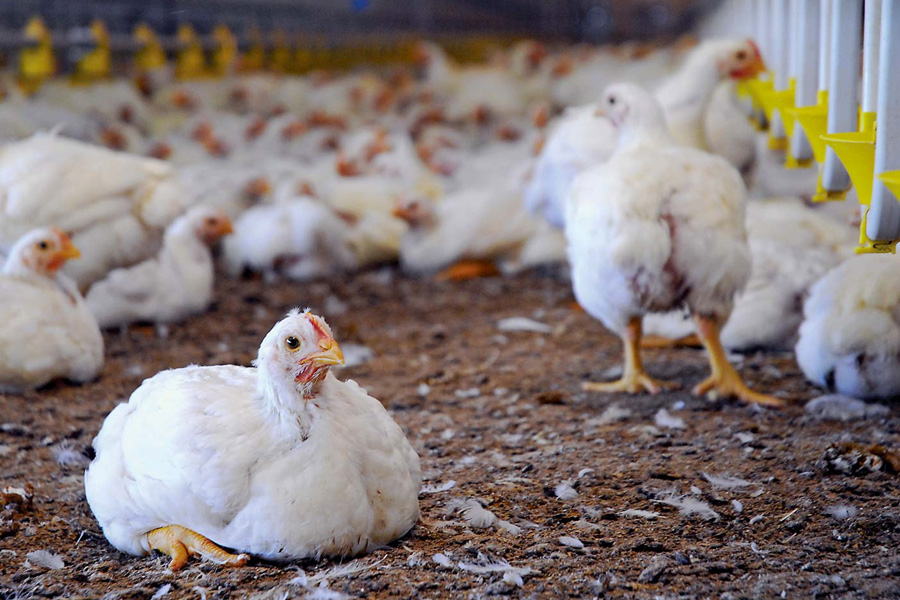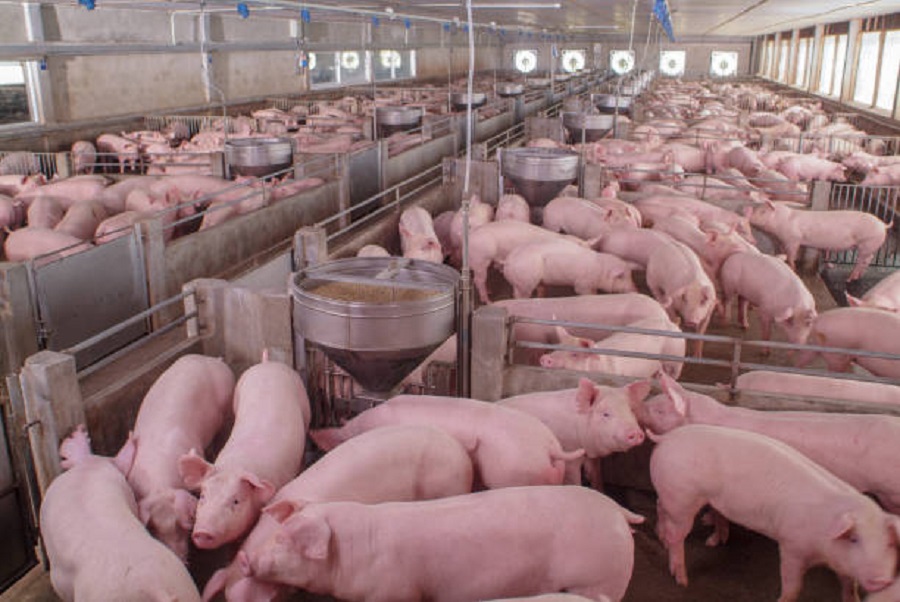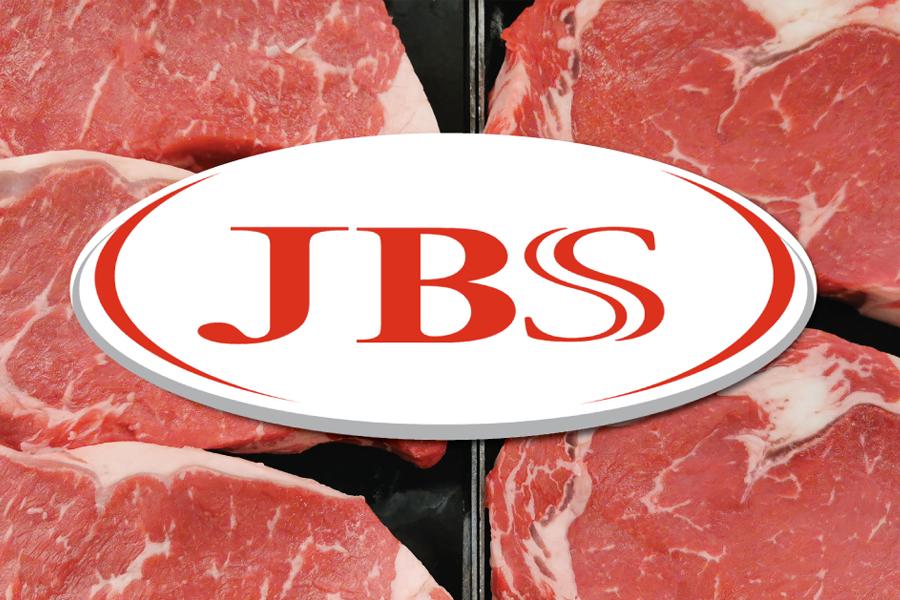Going vegan isn’t easy at first, here are some ways to encourage yourself to put aside your fears and take the leap.
We all know why veganism is a good idea: it is better for the planet and can be better for our health, while animals shouldn’t be exploited to feed and clothe us. Each step towards the invention of good vegan cheese makes it slightly easier to make the switch. But for many of us, going vegan still seems hard.
If you are a couple of weeks into Veganuary, the campaign that encourages people to try being vegan for the month, you may be considering extending it – 23% become vegan and 43% reduce their consumption of animal products by at least half afterwards, according to the organisation – or perhaps you’re struggling. Here are some of the most common sticking points, and some advice that might help you embrace a vegan life.
‘I can’t live without cheese/bacon/butter/steak’
“We hear that a lot, particularly with cheese,” says Toni Vernelli, head of communications at Veganuary. She advises starting by removing things that you won’t miss, or swapping them for alternatives where you probably won’t notice the difference. “A lot of people are happy having fake meat burgers and sausages.”
A vegan “chicken” nugget, she says, is virtually indistinguishable from a highly processed meat one. “If there’s something you really love, swap that last. It doesn’t have to be an overnight change.” She advises trying a variety of other options – even within the last year, there have been improvements in products such as vegan bacon and cheese.
After a few months of vegan experimentation, your cherished foodstuff may become less important to you than you thought. “There’s nothing wrong with saying to yourself: ‘Four times a year, I’m going to have a bacon butty because I can’t imagine life without it.’ You might find that the first time it comes round, your taste buds have changed and you don’t want something that greasy any more.”
‘I don’t want to bother with supplements’
Chantal Tomlinson, dietitian for The Vegan Society, says that some supplements can benefit everyone, vegan or not – UK guidelines are that everyone should consider taking vitamin D in autumn and winter, and for some people it should be year-round.
“Fortified foods and supplementation of vitamin B12, vitamin D, iodine and selenium are important elements of a well-planned vegan diet, complementing a balanced and varied intake of plant foods,” she says, adding that you can get specialist vegan supplements that contain these in one tablet.
‘I exercise a lot’
The number of elite athletes that are vegan – tennis player Venus Williams and boxer David Haye among them – should convince you that your parkrun time won’t suffer if you cut out the steak. “Active people need to ensure that they’re consuming enough energy, most of which will come from carbohydrate found in starchy foods such as oats, potato, pasta and fruit,” says Tomlinson. “Carbohydrate-rich options containing a moderate amount of protein are ideal.”
She says the best sources of plant protein “contain good amounts of lysine. Lysine is one of the essential amino acids, meaning that the body can’t make it. Good sources include beans, lentils, peas, soya, peanuts, quinoa, cashew nuts and pumpkin seeds. For those that are active, protein needs are higher, therefore having enough high-protein foods with higher amounts of lysine is crucial.”
Tomlinson also recommends fortified soya milk, which “contains much more protein than other plant milks, and the quality of soya protein is similar to that of meat and dairy”.
‘I’m pregnant or breastfeeding’
“Aim to eat at least two portions of calcium-rich foods every day, such as two glasses (400ml) of fortified plant milk,” says Tomlinson. “Make sure that your daily diet contains plenty of foods rich in iron, such as lentils, beans, raisins and fortified breakfast cereal. Optimise iron absorption by combining them with sources of vitamin C, such as orange juice, broccoli or bell pepper.”
She says it is important to “ensure you’re hitting your targets for vitamins B12 and D, iodine and selenium”, so take a supplement. “Before pregnancy and during the first trimester, you also need to take a folic acid supplement. Since vegans do not consume long-chain omega-3 fats from oily fish, a microalgae supplement can be considered.”
If breastfeeding, there are extra considerations, says Tomlinson. “This requires more protein and zinc than pregnancy. Make sure that your meals contain good sources, such as beans, chickpeas, lentils, soya products, cashew nuts, ground linseed, pumpkin seeds and quinoa. The calcium requirement for breastfeeding is nearly 80% higher, so it’s a good idea to eat rich sources throughout the day, such as calcium-fortified foods and calcium-set tofu.”
‘I don’t have enough time to cook elaborate meals’
There is no reason, says Gena Hamshaw, dietitian and cookbook author, why your meals have to be that different from before. “You can take your existing preferences and ask: ‘What ingredients can I add that would make this plant-based?’”
A midweek dinner for her might be pasta with a jar of sauce and some frozen vegan meatballs, or a stir-fry. If she’s really busy, she might have a frozen vegan meal. “It’s great to cook things from scratch, but we all live in the real world and sometimes it’s helpful to take the semi-homemade approach. The good news about being vegan nowadays is that it’s entirely possible to do that with a wide array of high-quality foods that make it easy.”
‘I don’t like tofu/mushrooms/aubergine’
“I would say none of those are necessary for living a happy vegan life,” says Hamshaw. “In the vegetable kingdom, there are always plenty of other options that will give you the same micronutrients. The one that I would have the most qualms about eliminating would be tofu, because it’s such a great protein source.”
She advises persevering with different ways of cooking it. “Get the firm kind and then press it – I usually [press the block between] two plates and stack a book or two on top. That removes some of the water, it makes it easier to have a nicer, chewy texture and it gets crispier on the surface. Use some sort of marinade that you love. Then you can either pan-fry it, bake it or grill it.”
She recommends olive oil, lemon and herbs. “It could be a marinade with soy sauce, toasted sesame oil, ginger, garlic. I like a balsamic marinade, and then I’ll roast it, and add it to salads and pasta dishes.”
‘My children are fussy eaters’
“It might not be the wisest approach to force a plant-based diet on your kids if they’re really reluctant to go there with you,” says Hamshaw. However, if they are interested in being on a (well-planned, supplemented) vegan diet, but can be picky eaters, “think about what they already love and how you would make it plant-based. Veganism is a great way to encourage kids to eat more vegetables, wholegrains and legumes, but there might need to be a period where you serve them vegan options that are much more aligned with what they’re used to.”
Encourage them to try small amounts of new foods. “Children’s tastes do change. Just because there are some vegetables your children won’t try now, it doesn’t mean they’re never going to eat them.”
‘It will be too expensive’
This is a common myth, says Vernelli. Veganuary commissioned the market research company Kantar to look at this. “They found that for lunches and dinners, a plant-based meal on average cost 40% less than one that had meat or fish in it.”
Yes, meat and dairy alternatives can be expensive, but ‘‘when you balance that out with how cheap pulses, legumes and pasta are, a vegan diet still comes out cheaper overall,” says Vernelli. Prices of meat alternatives are coming down, she says, and now the cheaper supermarkets offer their own versions.
‘I don’t want to read labels all the time’
Standing and reading tiny ingredients labels can feel boring and overwhelming – but more retailers and brands are highlighting a product’s vegan status, says Vernelli. But if a product is not marked as vegan, concentrate on allergens – which include milk, eggs and seafood – that are often marked in bold and will stand out on the ingredients list. “If it has a vegetarian label on the front, and you flip it over, and it doesn’t highlight milk or eggs then you’re pretty safe.”
‘I’m a foodie and I love eating out’
He’s French, he’s a chef and he’s classically trained – nobody, says Alexis Gauthier, knows better than him how delicious animals and animal products are. “Roast beef, roast chicken, rich cream: of course I know,” says Gauthier who became vegan in 2016. His fine-dining London restaurant Gauthier Soho is now 100% vegan.
The reason many vegans go back to meat-eating, he says, “is always the deliciousness of food. Even if people want to become vegan because they believe that the planet is in an emergency, if the food is not delicious, there’ll be a point when they say: ‘I cannot live without …’” His mission, then, is “to create delicious vegan food that you cannot live without”.
Even a few years ago, it would have been harder, he says, to find good vegan food when eating out. “Now, most restaurants want to use their creative skill to please vegans.” He recommends looking at the menu in advance to check you will be catered for, but if there is no option, he doesn’t advise calling ahead to ask them to make you something vegan, because it reinforces the idea that not eating animals is abnormal (you could cancel the booking instead, and tell them why). “If I go to a restaurant, and I see they make no effort for vegans, they should not be doing business,” he says.
‘My partner would leave me’
“You do hear it,” Vernelli says. “I mean, do you want to be with someone who would leave you if you changed your diet?” At the less extreme end, your partner might grumble a bit. “I think it’s a case of making it clear that this isn’t something you’re inflicting on them – this is a personal choice, something that you believe in, that’s important to you. There are easy ways to work around it in the kitchen.” One simple example, she says, would be to batch cook base ingredients, such as a tomato sauce, for pasta and chilli recipes, and make one vegan and one with meat.
‘I want to wear my leather shoes and woolly jumpers’
Maybe just keep wearing them until they need replacing? “By being a vegan, you accept a philosophy which tells you that you need to exclude some products,” says activist Jordi Casamitjana. “If you are just experimenting to see whether you can do it, fine, that’s a good thing to do.” But you’re not yet vegan.
“Veganism is well defined by The Vegan Society, who created the word in 1944,” says Casamitjana. “It is a philosophy and a way of living which seeks to exclude all forms of exploitation and cruelty to animals for food, clothing, or any other purpose.”
Maybe you’ll start as a “plant-based diet” eater and eventually become vegan. “You’re incredibly lucky because you decided to be vegan in the 21st century when there’s so many options for you.” He thinks that, after some time, you will lose interest in all animal products, “and you won’t believe you haven’t done this before”.
‘It will make travel too hard’
Before, when she would travel to places where low-meat diets were not a staple, Vernelli would pack powdered soya milk, fruit and nut mixes and wholesome snack bars in case she couldn’t find something to eat. Now, she praises the app HappyCow. “Anywhere you go in the world, the app will tell you the nearest place that serves vegan food. Even if there are no restaurants, it will point you towards shops that at least have vegan options.”
The general spread of veganism means “it has got so much easier to get vegan food in even the most remote places now. The hotel you’re staying in might not offer a milk alternative, for example, but you’ll be able to buy it in a shop pretty much anywhere in the world.”
‘Humans evolved to eat meat’
Well, yes, but our ancestors were not the voracious flesh-tearing, blood-supping carnivores some stereotypes might have you believe. “Evidence from the fossil record indicates that our ancestors evolved the capacity to eat meat, and other animal tissues, such as bone marrow and organs, at least 2.5m years ago, after which time there is ample evidence for prehistoric meat-eating,” says Briana Pobiner, paleoanthropologist at the Smithsonian National Museum of Natural History in Washington DC.
“However, different species and populations of early humans likely ate varied amounts of meat depending on what foods and tool-making materials were available in their local environments.” From the evidence, she says, we just don’t know how important or frequent meat was in early human diets.
Humans are omnivores and, luckily for us modern ones, even the discount supermarkets have good vegan alternatives to forage.
Original source: https://www.theguardian.com
